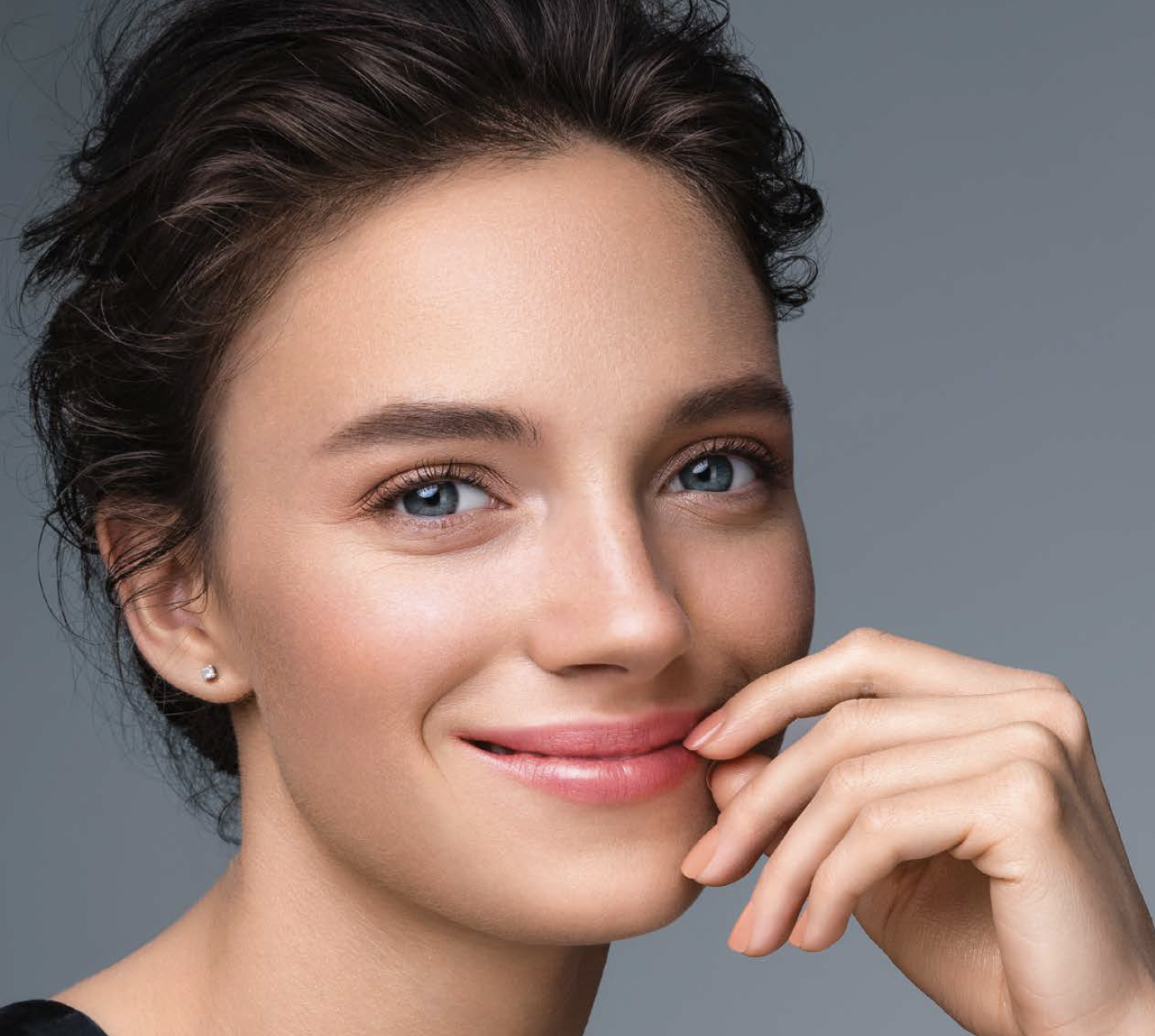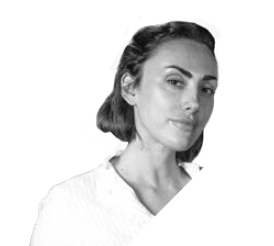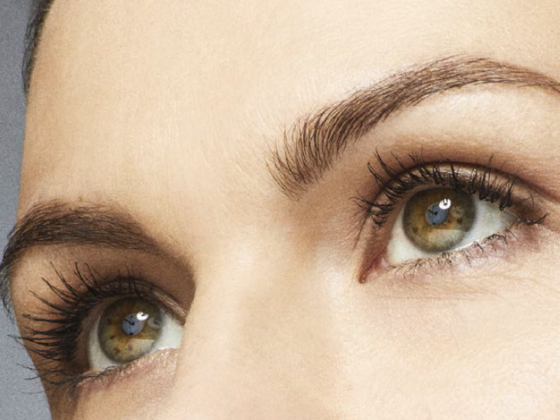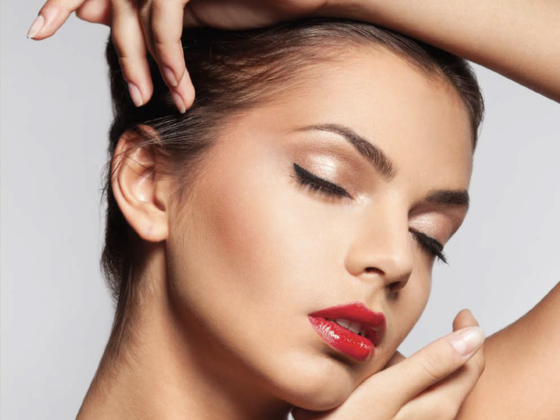Dr Sophie Couvet
The French Touch beauty approach and its treatments dedicated to skin beauty have become a self-evident fact for patients and doctors alike. The latest scientific discoveries reinforce this philosophy, for the greater satisfaction of patients.
 A holistic, long-term approach to skin care
A holistic, long-term approach to skin care
We must consider the skin as a global system. It reflects a person’s physical, psychological and emotional state. Based on this observation, I work on the principle that the skin must be restored and strengthened before any other treatment is done.
For this reason, in my approach to regenerative medicine, the product I rely on is Radiesse®. It has a unique mode of action and its composition contains calcium hydroxylapatite (CaHA), a component present in the body. Its versatile uses and indications mean that it can be used pure or diluted for a wide range of indications and areas, on patients of all ages and skin types. Unlike other substances, CaHA’s mechanism of action is not based on an inflammatory reaction, but on chemical and mechanical induction. It stimulates the synthesis of collagen, elastin, proteoglycans and even endogenous hyaluronic acid. The result is a genuine restoration of the connective tissue, hence the name regenerative biostimulator.
Treatments that build patient loyalty
In my practice, I’ve noticed that, among patients who have entrusted me with their faces for years, those who have never undergone any treatment other than Radiesse® are the easiest to inject, not least because they have fewer fibrotic issues, compared with those who have repeatedly and frequently received conventional fillers. This finding is supported by a clinical study. CaHA’s non-inflammatory mechanism stimulates angiogenesis, resulting in improved cell vascularisation and nutrition. Visually, it gives the fresh, rosy complexion that all patients, men and women alike, are looking for.
Like all products, it requires a good mastery of the technique. It is injected into the superficial hypodermis, under the deep dermis, to get as close as possible to the fibroblasts. The diluted version improves radiance, diminishes blemishes and provides that famous glow that everyone seeks, as well as hydration. It’s very popular with young women, as it doesn’t create volume when applied using the nappage technique in a 1:1 dilution (1.5 ml product and 1.5 ml saline solution), or even 1 to 2 on very fine skin.
When I’m looking for a lifting effect, I tend to inject it with a cannula in a vector pattern. It is like placing liquid tensor threads under the skin, the idea being to recreate the youthful triangle that reverses over time. Depending on the desired result, the angle of orientation is calculated, but as a general rule I start at the top of the cheekbone and work towards the nasolabial fold, which I cross to accentuate the power of traction. As the nasolabial fold is an accumulation of loose skin that has formed into a fold, by crossing it perpendicularly, we perform what might be called a medical facelift, the results of which will gradually settle in over the coming months. Induction starts after a month, and I see my patients at 4 months, because as the years go by, the fibroblasts become lazier, so tissue induction may take a little longer in a 50-year-old than in a 30-year-old.
For patients aged between 30 and 40, one session every 12 to 18 months will suffice. For patients in their fifties and over, one treatment per year is recommended for maintenance.
My patients report that this multi-disciplinary product with significant biostimulant properties provides both a tightening effect and redensified, more supple, resilient and luminous skin. By repairing skin and restoring faces, we also contribute to repairing people marked by life’s trials and tribulations, and for me, this is also the role of aesthetic medicine.
 Dr Sophie Couvet: Aesthetic and regenerative medicine. Medical studies at the Faculty
Dr Sophie Couvet: Aesthetic and regenerative medicine. Medical studies at the Faculty
of Medicine, Paris XIII. Diploma in Sports Traumatology, University of Paris VI. Doctor of Medicine, Bordeaux
Segalen University. State diploma from the Biarritz College of Osteopathy. DU Ultrasound, Université Paris Descartes & Bordeaux Segalen. Sports doctor. Medical Director of the Clinique Esthétique de Corbiac















